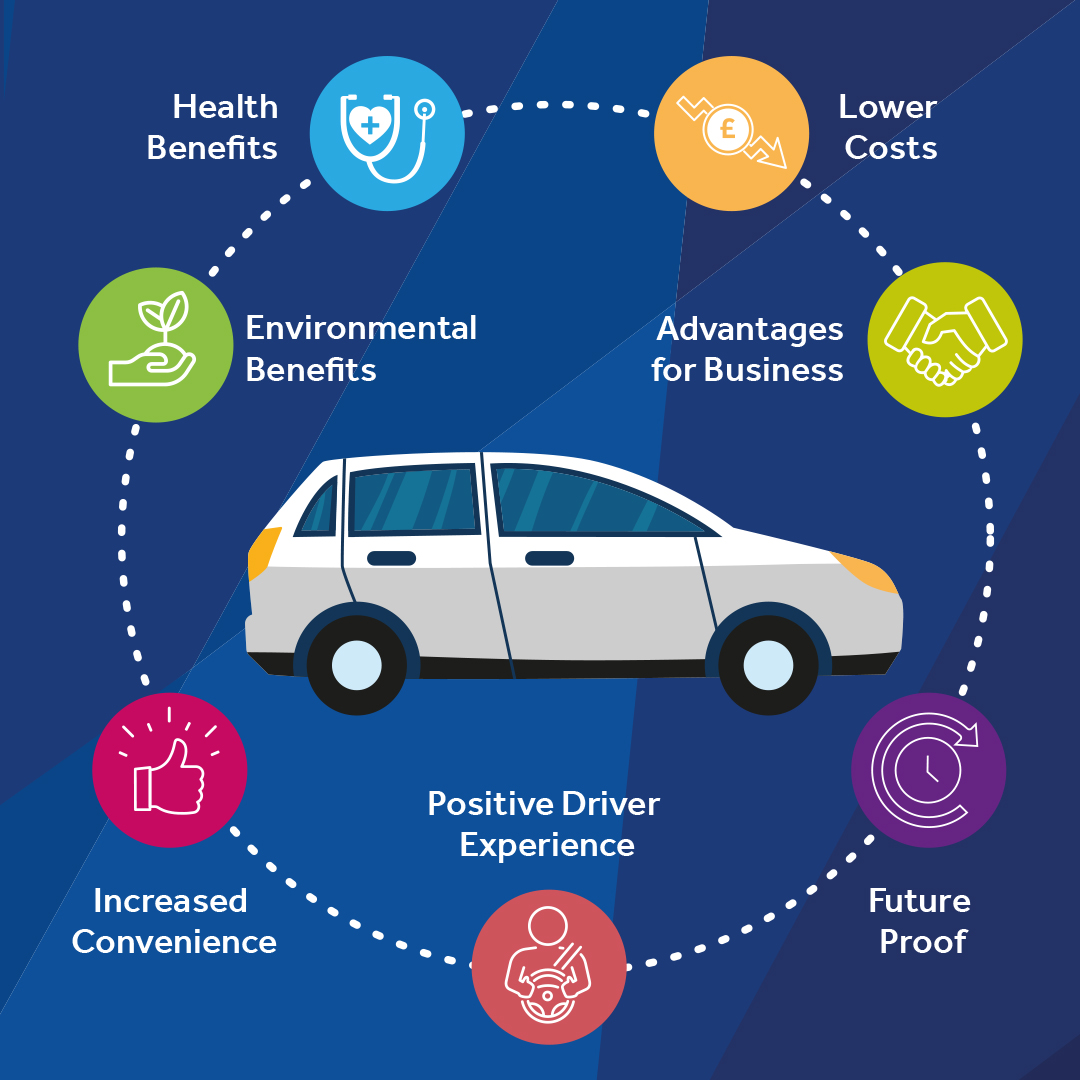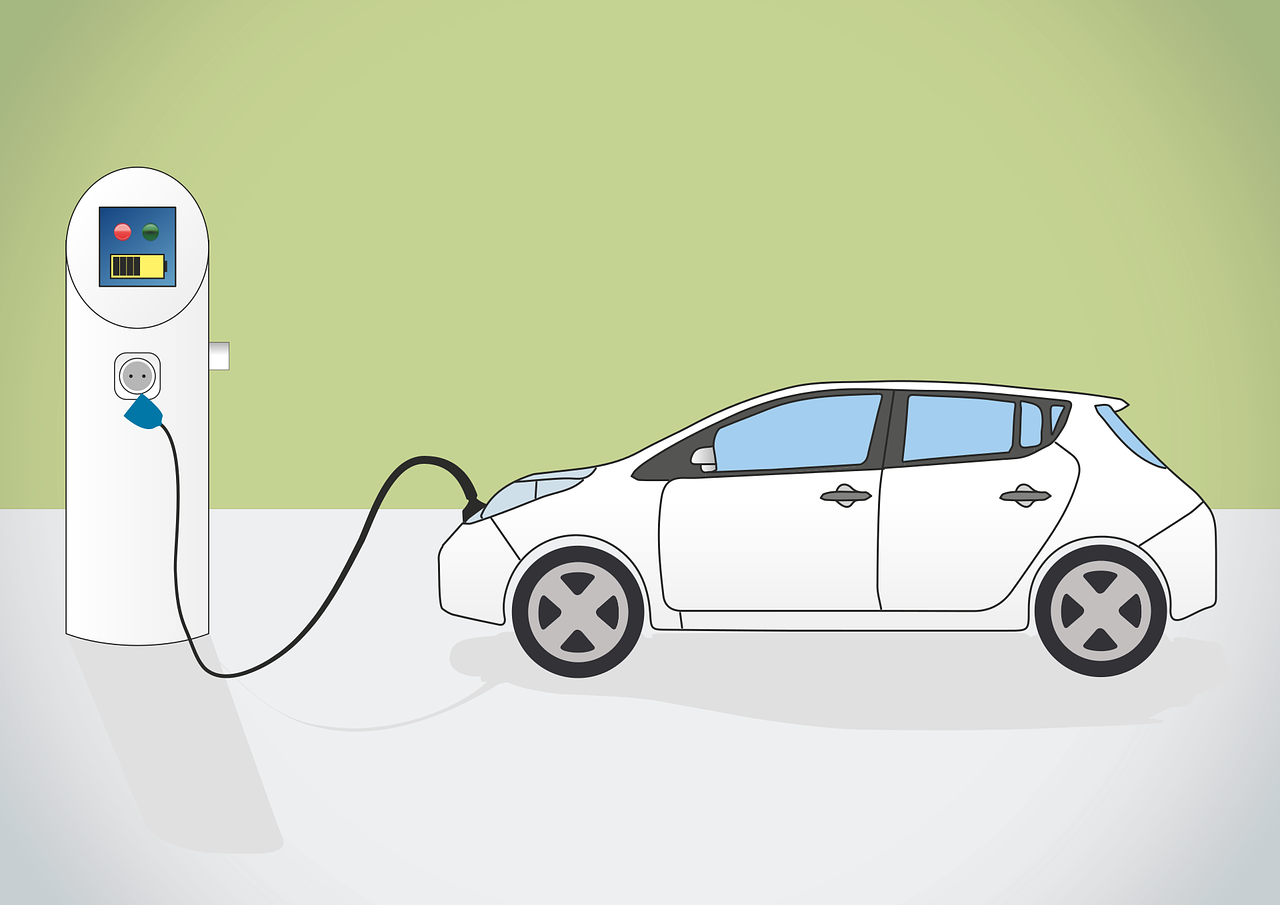Harnessing the Breeze: Evolution and Innovations in Wind Energy Systems
Wind energy has emerged as a pivotal component of the renewable energy landscape, offering a sustainable and clean alternative to traditional power sources. This article explores the evolution of wind energy systems, highlighting technological advancements, challenges, and the transformative impact of harnessing wind power for generating electricity.
Early Development of Wind Energy:
1. Historical Roots:
Wind energy utilization dates back centuries, with early applications in milling grain and pumping water, showcasing the potential of wind as an energy source.
2. Emergence of Wind Turbines:
The development of modern wind turbines in the late 19th and early 20th centuries marked the beginning of large-scale electricity generation from wind power.
Technological Advancements:
1. Turbine Design and Efficiency:
Advancements in turbine design, including larger rotor diameters, improved blade shapes, and aerodynamic enhancements, have significantly increased energy capture and efficiency.
2. Offshore Wind Farms:
The expansion of offshore wind farms takes advantage of stronger and more consistent winds, contributing to higher energy production and addressing land-use constraints.
Challenges and Solutions:
1. Grid Integration and Stability:
Intermittency of wind poses challenges to grid stability. Solutions involve smart grid technologies, energy storage systems, and demand-side management to balance supply and demand.
2. Maintenance and Reliability:
Innovations in predictive maintenance using AI and IoT help mitigate turbine downtime, optimizing operations and reducing maintenance costs.
Future Prospects and Innovations:
1. Floating Wind Farms:
Advancements in floating wind turbines enable harnessing wind energy in deeper waters, expanding potential locations for offshore wind farms.
2. Hybrid Energy Systems:
Integration of wind energy with other renewables like solar and storage systems facilitates the creation of hybrid energy systems for increased reliability and consistency.
Environmental Impact and Sustainability:
1. Environmental Benefits:
Wind energy systems offer a clean energy solution, reducing carbon emissions and dependence on fossil fuels, contributing to climate change mitigation.
2. Wildlife and Ecological Considerations:
Continued research focuses on minimizing the impact of wind turbines on wildlife and ecosystems, ensuring sustainable coexistence with nature.
The evolution of wind energy systems signifies a vital step towards a sustainable energy future. With ongoing innovations, enhanced efficiency, and strategic solutions to challenges, wind power continues to play a crucial role in the global transition towards cleaner and more environmentally friendly energy sources.
latest video
news via inbox
Nulla turp dis cursus. Integer liberos euismod pretium faucibua








